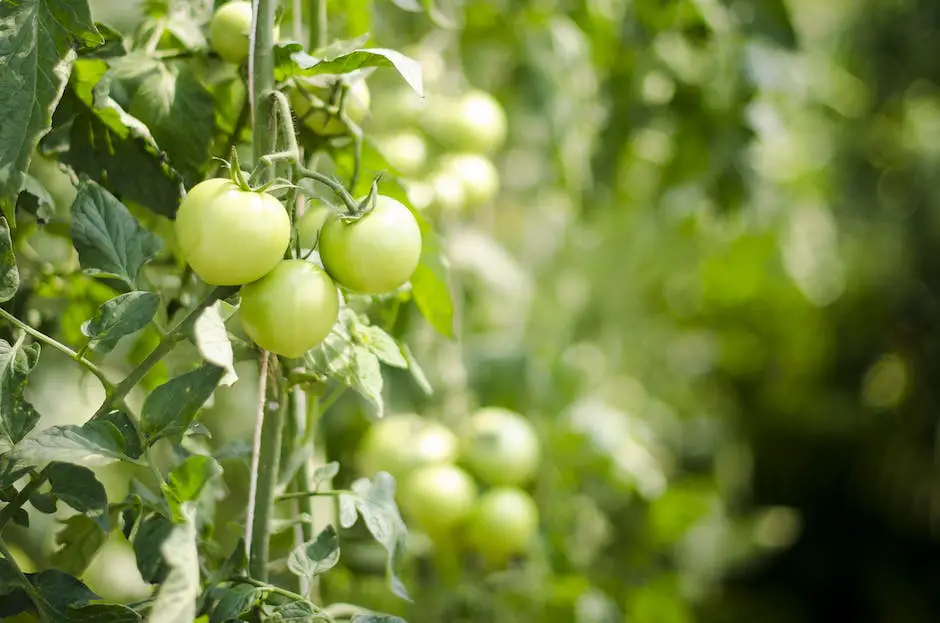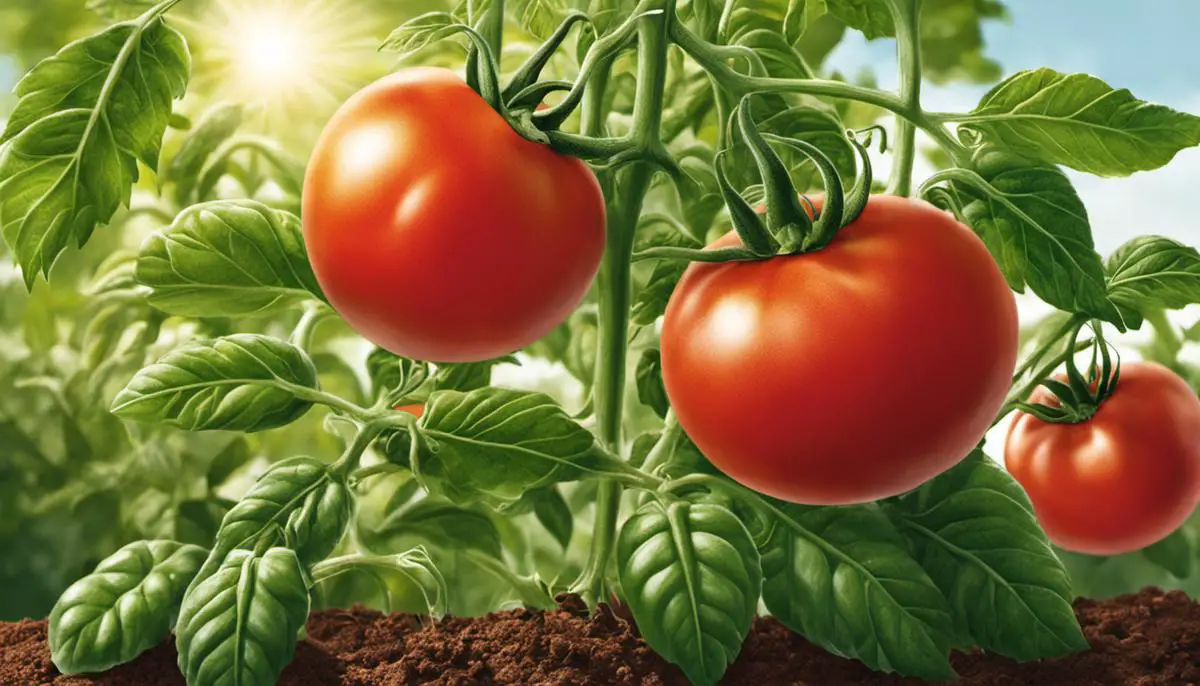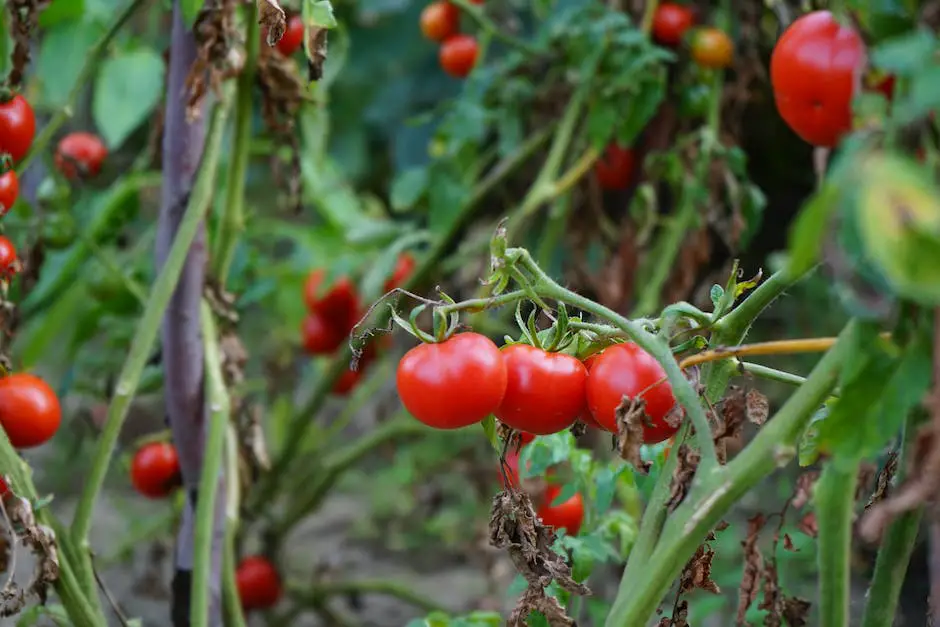Table of Contents
Growing tomatoes can be an enjoyable pastime that provides a bountiful harvest of juicy fruits perfect for salads, sauces, and sandwiches. Whether you’re a novice gardener or a seasoned professional, understanding the fundamentals of tomato plant care can drastically enhance your yield. The beauty of tomato gardening is nestled in the myriad of varieties available and adopting a regime that aligns with specific climate conditions and personal necessities. This discourse illuminates essential tomato gardening aspects, from selecting the perfect seed to ensuring plant health and, ultimately, a fruitful harvest.
Selecting and Planting Tomato Seeds
Types of Tomatoes
When considering the planting of tomato seeds, first understand there are different types of tomatoes which can be broadly categorized into two types; determinate and indeterminate. Determinate tomatoes or “bush” tomatoes, grow to a compact height and stop growing when fruit sets on the top bud. Indeterminate tomatoes will grow and produce fruit until frost kills the plants. They can reach heights of up to 12 feet although 6 feet is more typical. In regards to shape, size, color and taste, there are countless varieties ranging from cherry tomatoes to large beefsteak tomatoes, and from classic red to purple, green and multicolored.
Selecting Suitable Tomato Varieties
There are various factors to weigh when selecting the suitable tomato variety for your garden. The local climate plays a significant role as some tomatoes thrive in a cool environment, while others do better in warmer climates. For example, ‘Early Girl,’ ‘Jetsetter’ and ‘Sub Arctic Plenty’ are recommended for cooler climates while ‘Heatmaster’ and ‘Solar Fire’ are more suited to hotter weather. Another element to contemplate is disease resistance; certain varieties are resistant to particular tomato diseases so check the label or seed catalog for letters following the tomato name as they often denote disease resistance.
Your preference in taste and texture also factors into your selection. Some tomatoes are sweet, others tart. Some have thick, meaty flesh while others are juicy or have good ‘mouth-feel’. Tomato plants can also be selected for their intended use such as fresh eating, preserving, making sauce or paste.
Germinating Tomato Seeds
Begin germinating tomato seeds indoors 6 weeks before the expected last spring frost date. Determine your frost date and count back 6 weeks to know when exactly to sow your seeds. Fill a seed tray or pots with a seed-starter mix as it is light and fluffy, allowing the delicate young roots to grow easily. Place your seeds about 1/4 inch deep into the seed starter mix and lightly cover with soil. Water gently and keep the soil moist but not soaked.
Transplanting Tomato Seedlings
Young tomato plants should be transplanted when they are about 6-10 inches tall or when they have 6-8 true leaves. Hardening off should be considered prior to transplanting which means to gradually introduce the seedlings to outdoor conditions. Begin by putting them outside for a few hours in the middle of the day, then extend their outdoor stay over a period of a week or two.
When transplanting to the garden, set the plant deep in the soil, up to the top set of leaves. Some gardeners prefer to lay the plants horizontally in a trench with just the top leaves exposed, which allows the plants to form a strong root system. After transplanting, water thoroughly and adjust the soil if necessary.
Understanding Care for Tomato Plants
Ensuring that your tomato plants receive full sun is an essential part of their care, since six hours or more sunlight is ideal to keep them thriving. They are lovers of the heat, so consider preheating the garden soil by covering it with black or red plastic a few weeks before planting. Consistent watering is crucial as it can prevent issues such as blossom end rot. Strive to keep soil moisture levels steady, soaking the soil thoroughly but not too often, and allowing the top inch to dry out between watering sessions. Turning to a high potash tomato fertilizer for regular feeding once the first fruits have formed goes a long way in ensuring good growth for your tomatoes. Remember, these plants can be heavy eaters and will appreciate balanced nutrition. To retain moisture and supply nutrients, you can mulch using compost, peat moss, or other organic matter.
Guard your tomato plants against diseases and insect problems. Keep an eagle eye on them for early signs of trouble, for cutworms, tomato hornworms, aphids, as well as diseases such as early and late blight, leaf spots, and wilt diseases can pose significant threats. In many circumstances, maintaining good sanitation and observing good cultivation practices can be the shield your tomatoes need against these issues.

Maintaining Your Tomato Plants
Appreciating the Light Requirements for Tomato Plants
Tomato plants have a substantial need for light. At a minimum, they need between six and eight hours of direct sunlight daily for optimal growth. If they get less than this, they could become leggy and their fruiting may be delayed. If possible, position your plants in a space that enjoys an ample amount of sunlight, the south or west-facing areas of your garden are typically ideal. If you have indoor tomatoes, still ensure that they are placed at a window that offers plenty of daylight, or supplement natural light with a grow light.
Temperature and Tomato Plants
Tomatoes are warm-season crops, meaning they require relatively warm temperatures to grow properly. Tomato seedlings should be planted outdoors only when the night temperature consistently stays above 50 degrees Fahrenheit. For optimal fruit set, the temperature should ideally remain between 65 and 85 degrees during the day. It’s crucial to avoid sudden drops in temperature as this may lead to slow growth and reduced yield.
Tomato Plant Moisture Needs
Proper watering strategies are essential for healthy tomato plants. Aim to water the plants deeply but infrequently. This stimulates the roots to grow deeper and stronger, enabling the plant to withstand dry periods better. Tomato plants prefer the soil to dry out completely between watering sessions. Moreover, watering should be done at the base of the plant to keep the leaves dry and prevent fungal diseases.
Nutrient Requirements of Tomato Plants
Tomato plants have particular nutrient preferences that gardeners should cater to for a healthy and fruitful harvest. Major nutrients required include nitrogen, phosphorus, and potassium. Nitrogen promotes leaf and stem growth, phosphorus aids in fruit development, and potassium supports overall plant health. Minor but still essential nutrients include calcium, magnesium, and sulfur.
Fertilizing Tomato Plants
Applying the right fertilizer can greatly enhance your tomato plant growth. Choose a balanced fertilizer, preferably one that’s specifically formulated for tomatoes. This should be high in phosphorus and potassium and lower in nitrogen to prevent too much leafy growth at the cost of fruit production. It’s also crucial to follow the instructions carefully on the fertilizer package regarding application rates and timings.
Pest and Disease Management for Tomato Plants
Keep an eye on your tomato plants for signs of pest infestations or disease. If not detected early, these can severely damage your plants and reduce yield. Prevention is always better than cure, and you can incorporate several practices, including crop rotation, using disease-resistant seeds, and good sanitation practices, to ensure your tomato plants remain healthy and productive. Regularly inspect your plants and take appropriate action if you notice any abnormalities.
Caring for Your Tomato Plants
Caring for tomato plants requires a well-balanced combination of key elements such as appropriate light, correct temperatures, adequate moisture, sufficient nutrients, and efficient pest management. By meticulously keeping an eye on these factors on a daily basis, you can look forward to a rewarding bumper crop of juicy and flavor-packed tomatoes.

Preventing and Treating Tomato Plant Diseases
Recognizing and Dealing with Tomato Plant Diseases
Most tomato plant diseases are primarily caused by fungi, bacteria, and viruses. Some of the more common fungal diseases include anthracnose, early and late blight, and fusarium wilt. On the bacterial front, the diseases to watch out for are bacterial speck, spot, and canker. Viral diseases, such as tomato yellow leaf curl, tomato spotted wilt, and tomato mosaic, can also impact the health of your tomato plants.
Each disease manifests different symptoms, but some general indicators might be yellowing or curling leaves, or spotting on the leaves. In some instances, the plants may display wilting tendencies or may not produce any fruit at all. The presence of disease might also be indicated by discolorations of black, brown, or white on the stems, leaves, or tomatoes.
Preventing Tomato Plant Diseases
Prevention is the best strategy when it comes to managing tomato plant diseases. Start strong by selecting resistant varieties. Plants labeled VFN, for example, are resistant to verticillium wilt, fusarium wilt, and nematodes.
Good cultural practices are paramount. Always disinfect garden tools between uses to prevent disease transfer. Ensure proper spacing between plants as overcrowded conditions can result in poor air circulation, creating a conducive environment for fungal growth. Similarly, avoid working in your garden while your plants are wet, as diseases often spread in water.
Rotate crops each planting season. Diseases can stay in the soil for a long time, and rotating crops will prevent the disease from infecting the next crop planted in the same spot.
Treating Tomato Plant Diseases Organically
Once disease takes hold, the most organic solution is to remove and destroy affected plants to prevent the disease from spreading. Early detection can help contain the disease and potentially save other plants.
For fungal diseases, you can use organic fungicides that contain copper or sulfur. Baking soda mixed with water can also treat fungal diseases when sprayed onto the plants.
Beneficial insects can also be used for organic pest control. They feed on the bugs that transmit diseases and can therefore help keep your plants healthy.
Chemical Treatment Options
For more serious and widespread infections, synthetic fungicides may be necessary. However, it’s important to follow manufacturer instructions to prevent unnecessary harm to the plants or the environment.
Many chemical treatments are specifically formulated to target a specific disease. For instance, treatments for bacterial diseases often contain copper compounds or antibiotics. Meanwhile, broad-spectrum fungicides are generally effective against a range of fungal diseases.
Remember, the key to successfully managing tomato plant diseases is monitoring regularly and acting promptly at the first sign of trouble.

Remember, planting tomatoes from scratch embodies an organic process and requires patience, persistence, and apt understanding of plant needs, pest management, and disease prevention. No matter the disease or pest that tries to invade your garden, there are organic and chemical solutions to safeguard the health of your plant. Armed with the knowledge of selecting and planting suitable tomato seeds for your climate, daily plant maintenance, and managing plant diseases, you’re well on your path to growing hearty and delicious tomatoes. This journey of nurturing a tiny seed into a bountiful plant can be both delightful and rewarding, imparting the joy of gardening and the satisfaction of self-sufficiency.
